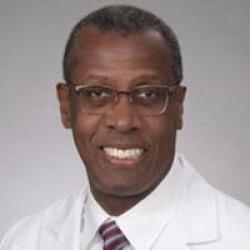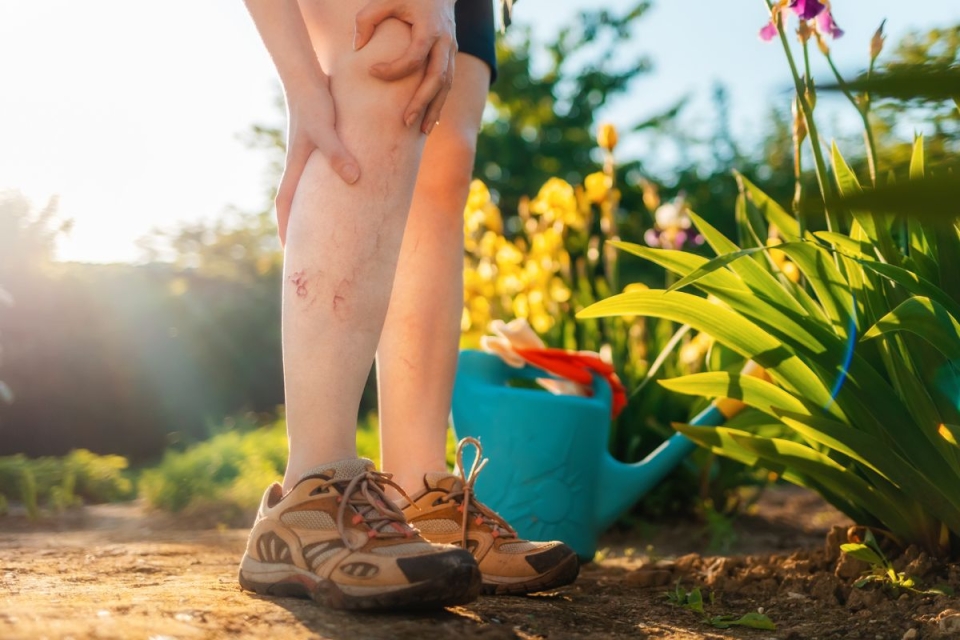Living with bulging, achy or heavy legs can make everyday activities uncomfortable. Spending long hours standing or sitting may increase your risk of varicose veins – the visible veins that can leave your legs tired or sore.
Varicose veins are common, affecting about 23% of American adults. Usually more cosmetic than medical, they can still impact how you feel day to day.
“Varicose veins are more likely if your job keeps you on your feet most of the day,” says Alex Westerband, MD, a Scottsdale-based vascular surgeon and independent member of the HonorHealth Medical Staff. “Sitting too long can also affect your veins, causing them to enlarge or even increasing the risk of blood clots. Move around regularly, and when seated, elevate your legs on a stool or cushion if you can.”
When to seek treatment
Contact your doctor if you notice:
- Swelling, discoloration, inflammation or breaks in the skin
- Worsening leg pain or cramping
- Veins that bleed and don’t stop with elevation and pressure
- Chest pain or difficulty breathing, which could signal a serious blood clot
- Painful veins that interfere with your daily life
Treatment options
“Support hose help keep veins supported, relieve symptoms and can slow progression, though they won’t change your genetics or hormones,” Dr. Westerband says.
Other treatments include:
- Compression stockings: Improve blood flow by gently squeezing the legs.
- Leg elevation: Helps reduce pressure and swelling.
- Minimally invasive procedures: Catheter ablation uses radiofrequency or laser energy to close problem veins. Chemical ablation is another option.
- Superficial cosmetic procedures: Surface lasers or injections can improve appearance.
“Our goal is to stop abnormal circulation in affected veins, prevent swelling or skin changes and help you feel like your best self again,” Dr. Westerband says.
Related content
Socks that can heal
Tired, achy or swollen legs? Compression socks can boost circulation, reduce swelling and support healthy veins. Learn how the right fit can keep your legs feeling their best every day.
Healthy veins, healthy body
Your vascular system powers your entire body, delivering blood, oxygen and nutrients to every organ and tissue. Discover how to protect and repair your arteries before problems become serious.
Don’t ignore leg symptoms
If your legs are tired, swollen or achy, these could be signs of chronic venous insufficiency. Find out the warning signs and how early care can help get you moving comfortably again.

